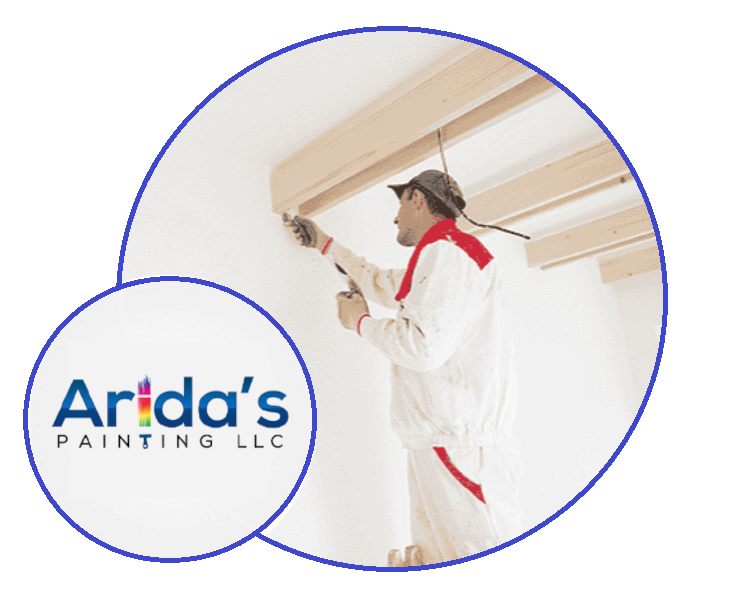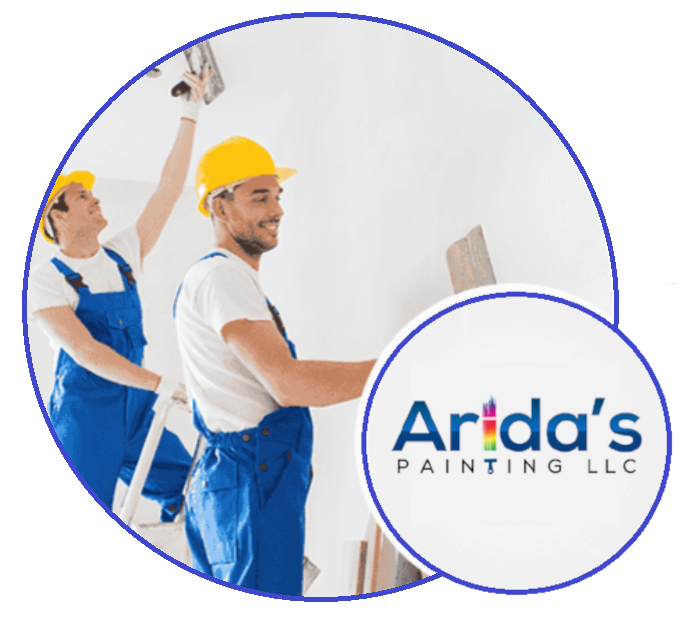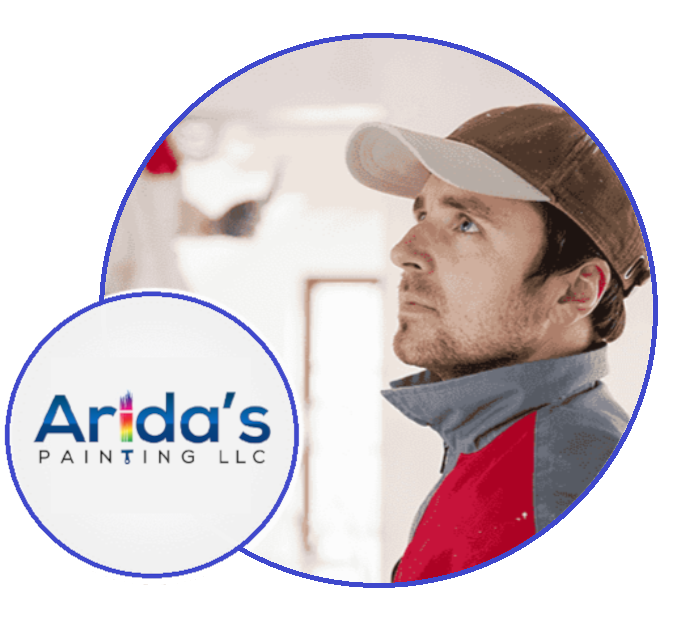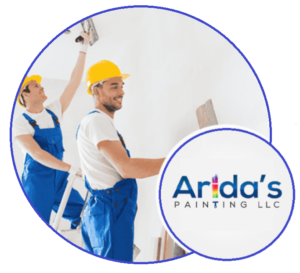Interior or Exterior Painting
Interior and exterior painting involves detailing the techniques, materials, and considerations unique to each environment.
Following are the jobs done
- Surface Preparation: Filling holes, sanding, priming, and cleaning surfaces to ensure paint adheres well and has a smooth finish.
- Paint Selection: Choosing appropriate types of paint, such as matte, satin, or semi-gloss, based on the room’s use and desired finish. For example, high-traffic areas might benefit from more durable, washable paints.
- Color Choices: Working with clients to select colors that complement their interior design, considering light sources and room size to enhance the ambiance.
- Ventilation and Safety: Ensuring proper ventilation and using low-VOC (Volatile Organic Compounds) paints to minimize health risks.


Drywall Instalation
Drywall, also known as gypsum board or plasterboard, is made from a core of gypsum sandwiched between two layers of paper. The gypsum core provides rigidity and fire resistance, while the paper layers create a smooth surface suitable for painting or other finishes.
Following are the jobs done
- Cutting and Hanging:
- Measurement and Cutting: Drywall sheets are measured and cut to fit the dimensions of the walls or ceilings. This can involve cutting around electrical outlets, windows, and doors.
- Securing: The sheets are then secured to the framing (studs or joists) using drywall screws or nails. Proper alignment and secure fastening are crucial to avoid future issues like sagging or cracks.
- Joint Treatment:
- Taping: Joints between drywall sheets are covered with joint tape to reinforce the seams. Paper tape or fiberglass mesh tape can be used.
- Mudding: Several coats of joint compound (mud) are applied over the taped seams and fastener holes. This process typically involves an initial coat, followed by one or two additional coats, each sanded smooth after drying.
- Sanding and Finishing:
- Sanding: After the joint compound has dried, the surface is sanded to achieve a smooth, even finish. This step is essential for creating a flawless surface for painting or other finishes.
- Priming: Once sanded, the drywall is primed with a suitable primer to seal the surface and ensure even paint coverage.
Garage Floor Epoxi
Floor epoxy is a two-component system consisting of an epoxy resin and a hardener. When mixed, these components undergo a chemical reaction that creates a rigid, durable coating.
Various additives can be mixed into the epoxy to enhance its properties, such as color pigments, decorative flakes, anti-slip aggregates, and UV stabilizers.
Benefits
- Durability: Epoxy floors are extremely durable and resistant to wear and tear, making them suitable for high-traffic areas. They can withstand heavy loads, impacts, and abrasion.
- Chemical Resistance: Epoxy coatings are highly resistant to chemicals, including oils, solvents, and acids, making them ideal for industrial and commercial environments.
- Aesthetic Appeal: Epoxy floors come in various colors and finishes, including high-gloss, satin, and matte. Decorative options like metallic finishes and colored flakes can create unique and attractive surfaces.
- Easy Maintenance: Epoxy floors are seamless and non-porous, making them easy to clean and maintain. They resist stains and can be quickly wiped down or mopped.
- Safety: Anti-slip additives can be incorporated into the epoxy to improve traction and reduce the risk of slips and falls, especially in wet or oily conditions.


Interior Exterior Stain
Stains can be oil-based or water-based. Oil-based stains penetrate deeper into the wood, enhancing its natural grain, while water-based stains dry faster and have lower odor and VOC levels.
Stains contain pigments or dyes that provide color while allowing the wood’s natural grain to show through. They are often used to enhance or change the color of wood surfaces.
Applications
- Furniture: Used on wooden furniture to enhance and protect the wood, adding character and warmth to pieces like tables, chairs, and cabinets.
- Cabinetry: Often applied to kitchen and bathroom cabinets to create a custom look that complements the overall design of the space.
- Trim and Molding: Applied to baseboards, crown molding, and other interior trim to provide a cohesive finish.
- Floors: Used on hardwood floors to bring out the natural beauty and add color before sealing with a durable topcoat.
